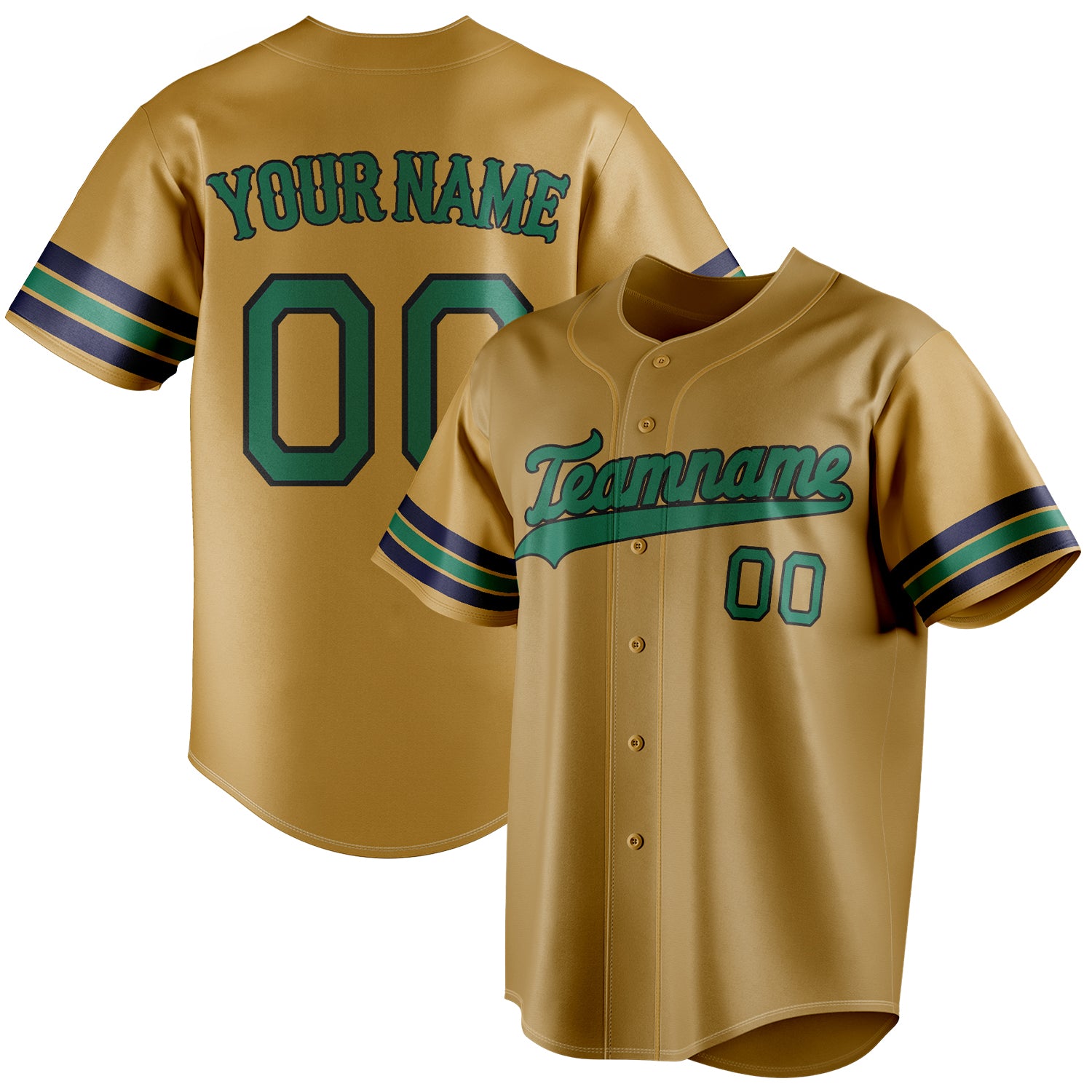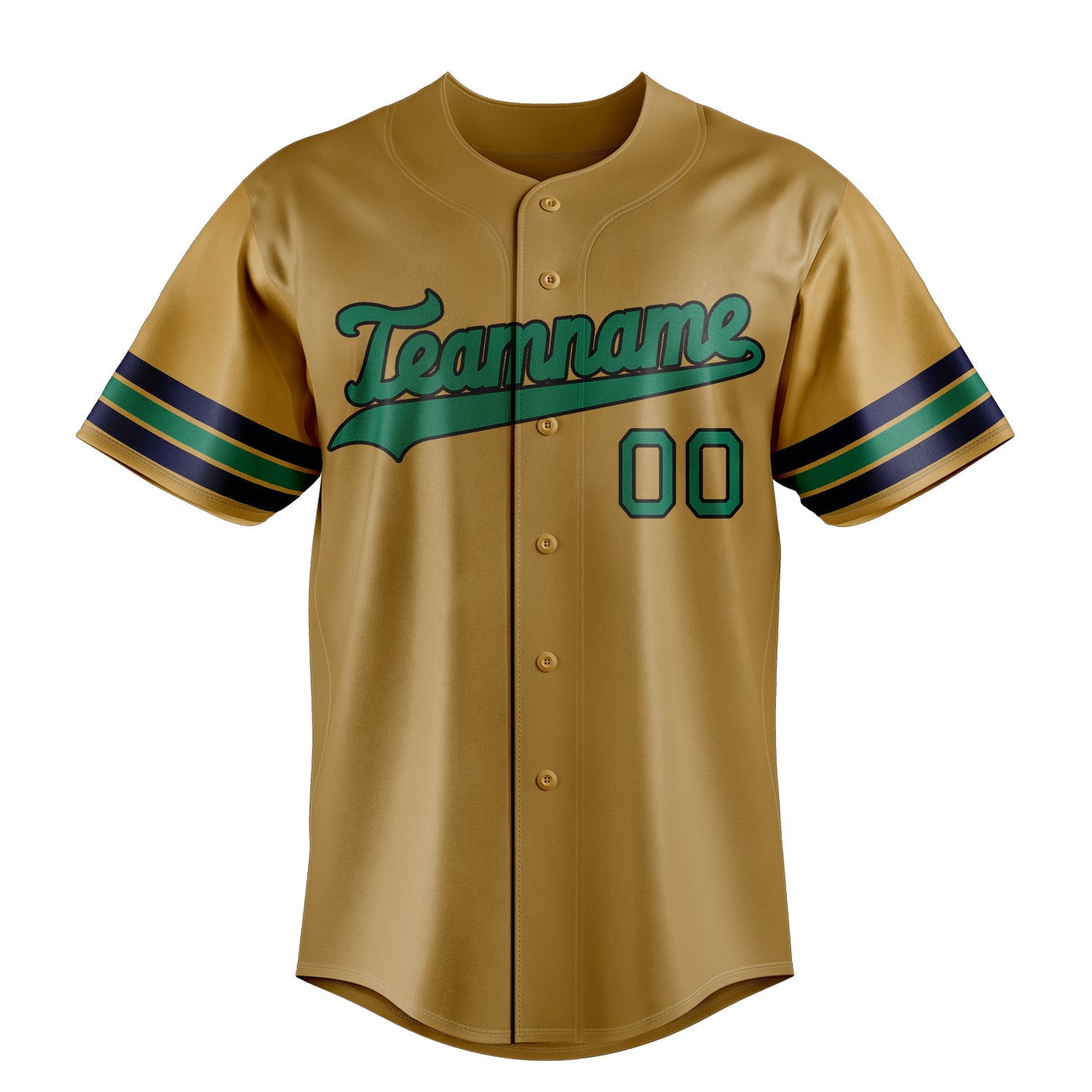Ice hockey jerseys are more than just sportswear – they are witnesses to history, cult objects, and symbols of national identity. Ice hockey jerseys from past eras are experiencing a comeback today as retro versions. But what makes these replicas so special? This article unlocks the cultural and technical secrets behind Germany ice hockey jersey reproductions and explains why even a modern Ice hockey training jersey benefited from this tradition.
1. Material revolution: From 100% cotton to high-tech polyester
The original Ice hockey jerseys The 1970s and 1980s were mostly made of heavy cotton—a material rarely used in professional sports today. Modern retro versions, however, rely on breathable polyester, which:
-
lighter is
-
better moisture regulation offers
-
longer lasting remains
Interestingly, some manufacturers still remain close to the original when making reproductions: Germany ice hockey jersey from 1976 is often offered in a slightly modernized cotton blend to preserve the "vintage character".
2. Pixel-precise reconstruction: The art of retro advertising
A trademark of many classic Ice hockey jerseys The sponsor logos are on the chest. In reproductions such as a Ice hockey training jersey In retro design these often have to:
-
historically accurate be reproduced
-
original fonts use
-
Color nuances meet perfectly
Modern printing technologies now enable detailed reconstruction – one reason why collectors are willing to pay high prices for limited Germany ice hockey jersey editions pay.
3. Three hidden differences between museum pieces and retro versions
Anyone who has an original ice hockey jersey in a display case with a modern reproduction, one often discovers subtle differences:
-
Seams: Historical jerseys were often hand-sewn, while retro models are machine-made.
-
Labels: Modern Germany ice hockey jersey reproductions often carry additional manufacturer logos.
-
Cut: A current Ice hockey training jersey in the retro look is usually more tailored than its role model.
These changes are intended to improve comfort without compromising the design.
4. Aerodynamics meets nostalgia: The invisible updates
Even if retro ice hockey jerseys They look old, but they contain modern technology. Particularly striking:
-
Ventilation nets under the arms (often not present in the original)
-
Flatter seams for better freedom of movement
-
Stretchable fabric panels on the sides
A present-day Germany ice hockey jersey in retro design combines history with high-tech – ideal for fans who also Ice hockey training jersey don't want to miss out on comfort.









